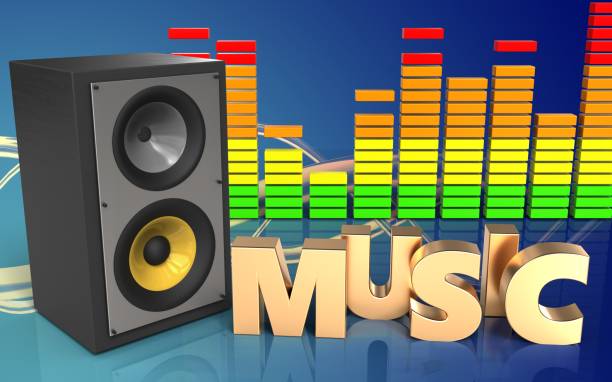“Life seems effortless when I’m filled with music.” – George Eliot
Music is something we intuitively and instinctually know makes our lives better.
Humans have used music for millennia to comfort and soothe our souls. Children are taught to sing songs, and parents use music to mark special occasions, such as weddings, graduations, or birthdays. Music is a powerful tool to power through workouts or tackle complex tasks. We also use music to control our moods.
Music is so ingrained in our DNA that it can be used to help us connect with people who have experienced significant cognitive decline. People with Alzheimer’s disease who are almost non-communicative sing along to the music and engage in conversation, even if it is not their favorite song. Even though they can no longer dance, their bodies still move naturally to familiar tunes. However, daily activities can cause problems with coordination.
What is the secret to music’s powerful effects on the mind?
Music and Mood
Dopamine is a neurotransmitter that can trigger feelings of pleasure. Your body might release dopamine as soon as it hears the first notes of a song. Pavlov’s dogs were able to associate food and a ringing bell. They even started drooling when they heard the bell.
Music can profoundly affect our mood, even when we cannot recognize the rhythm or notes. Even though we can’t acknowledge or replicate the notes and rhythms, music can affect our mood.
Music and Memory
Music is complex. It involves pitch, rhythm, dynamics, and many other elements. The brain must decode music in order to understand it. This is a complex task because it must integrate sequentially ordered sounds into one coherent musical perception.
The mental processes involved with putting individual sounds together to create a song are very similar to those used by the brain in reading. This involves first recognizing individual letters and then gleaning meaning from paragraphs and sentences. Both processes involve working memory. Scientists believe that there is a lot of overlap between the working memory for verbal stimuli and musical stimuli. 9
Memory is enhanced by emotions. Many adults still remember the lyrics to their high school songs. This is due in part to the fact that we listened to those songs many times.
Music and Pain Relief
Music is a common way for women to listen to music during labor. Family members close to death often play music while they are seated. Music’s ability to distract has been linked to pain relief. 14 Music can also increase feelings of well-being. 15
Scientists suspect that music may have a positive effect on the physical body. However, some scientists believe that vibrations are vibrations. A total of seven scientific studies have demonstrated improvements in motor function in people with cerebral palsy who were treated with vibroacoustic therapies 17
Scientists may need to spend years trying to understand the brain’s music-related actions. We can still enjoy the benefits of music, even if we
Jancke, L. (2008). Music, memory, and emotion. Journal Of Biology.
Is music really a way to make us happy? The Brain’s Effect of Certain Songs SCL Health.
Music and health. Harvard Health.
Sarkamo, T., Tervaniemi, M., Laitinen, S., Forsblom, A., Soinila, S., & Mikkonen, M. et al. (2008). Music listening improves cognitive recovery and mood following a stroke of the middle cerebral artery.
Sarkamo, T., Tervaniemi, M., Laitinen, S., Forsblom, A., Soinila, S., & Mikkonen, M. et al. (2008). Music listening improves cognitive recovery and mood following a stroke of the middle cerebral artery.
Garza-Villarreal, E., Wilson, A., Vase, L., Brattico, E., Barrios, F., & Jensen, T. et al. (2014). Music can reduce pain and improve functional mobility in fibromyalgia patients.
Music and health. Harvard Health.
Music is medicine. American Psychological Association.
Kantor, J., Kantorova, L., Mareckova, J., Peng, D., & Vilimek, Z. (2019). The Potential of Vibroacoustic Therapy for Cerebral Palsy Patients: A Comprehensive Narrative Review. International Journal Of Environmental Research And Public Health.

